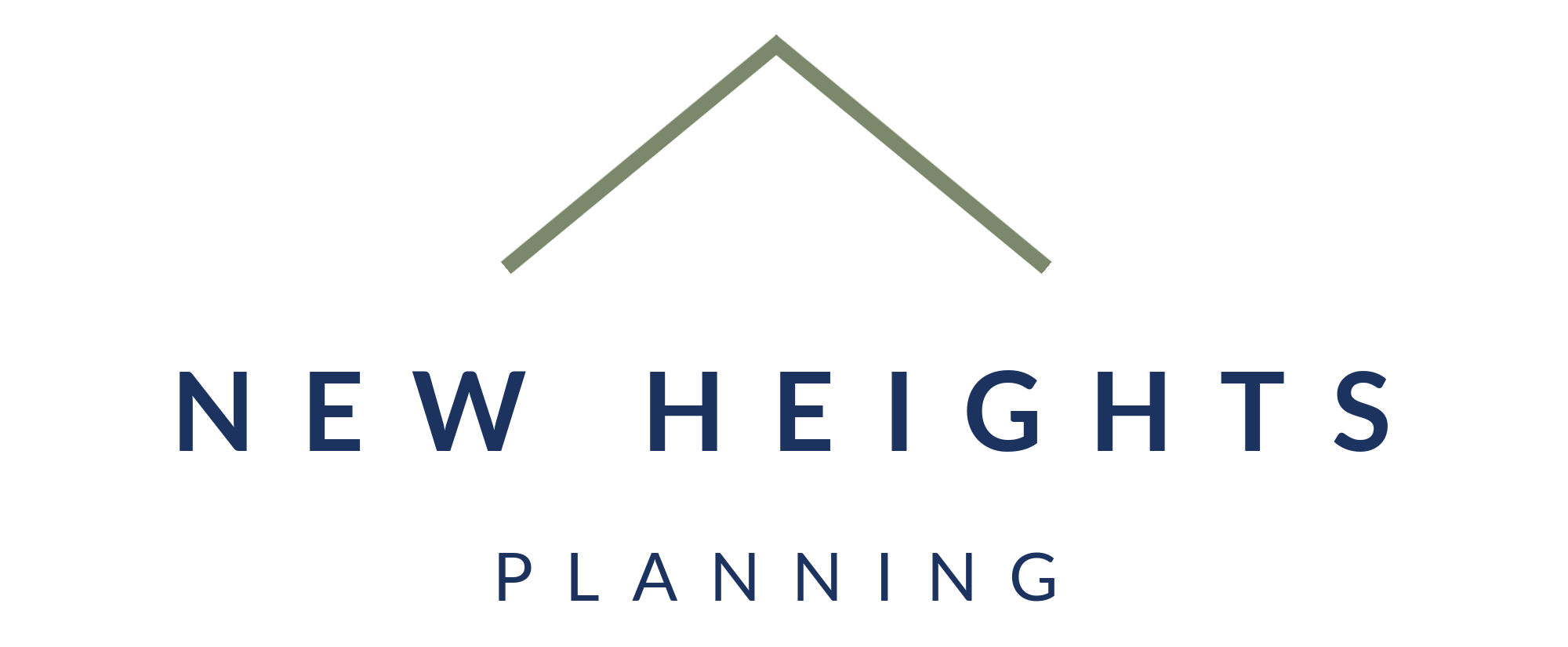Why Did My 401(k) Contributions Stop? (2025)
Why Did My 401(k) Contributions Stop? (2025)
Note: The window to adjust your 2025 401(k) contribution percentage from your bonus is closing fast!
Full Transcript:
Are you a leader at Shell? Don’t make this common mistake with your Shell Provident fund 401(k).
Many high-earning Shell professionals get an unpleasant surprise when their 401(k) contributions stop mid-year. Now is the time to act to make sure this doesn’t happen to you. Let’s use a hypothetical case study with Jane to see what happens.
Jane’s a leader at Shell, and Jane has a great base salary. She makes $360,000 per year. Now, Jane wants to max out her contributions to her pre-tax portion of 401(k), and she wants to hit the $23,500 2025 limit. So, Jane puts 7% of her base pay into her 401(k). Now, since Jane makes $360,000 base per year, her monthly pay is $30,000 per month. So, in January, she gets paid $30,000, and she puts 7% of that into her 401(k) or $2,100.
Now, in February, she makes another $30,000. So, her year-to-date pay is $60,000, and she puts another $2,100 into her 401(k). Now, Jane also gets a great bonus at the end of February because the BPF this year was phenomenal! Congratulations! Now, with that, Jane’s bonus was $170,000. So, Jane’s year-to-date pay now is $230,000, but Jane doesn’t have her bonus going into her 401(k), so her year to date 410(k) contribution is still $4,200.
Now let’s fast forward a few months. In June, Jane’s total year-to-date compensation of her base plus bonus is now up to $350,000. And in June, Jane puts another $2,100 into her 401(k). Now in July, something happens. So, in July, after making another $30,000 per year to date, pay is $380,000, but her 401(k) contributions stop. Also, Shell stops contributing to her 401(k), and redirects their contribution to the Provident fund BRP or benefit restoration plan.
So what happened? Now, Jane was keenly aware of the $23,500 contribution limit for her employee contributions to her pre-tax account. But she was not aware of the lesser-known compensation limit. For 2025, the IRS limits your contributions year 401(K) and added compensation of $350,000.
So once Jane’s year-to-date compensation hit that she is now ineligible to contribute more to her 401(k) for the rest of the year, and neither can her employer. So, if we look at what would happen if we play this out for the rest of the year, Jane’s full year pay was a phenomenal $530,000, but her 401(k) contributions were only $12,600.
She missed out on $10,900 of pretax contributions to her 401(k). In addition to this, if Jane was 50 or older, she also missed out on the additional $7,500 catchup contribution. And if Jane wanted to contribute to the after-tax bucket for the mega backdoor Roth, she can no longer do this in 2025 either. So what should Jane do to ensure that she’s taking full advantage of her 401(k)?
First, Jane should increase her contribution percentage from her base pay to front-load her contributions to the front half of the year. And second, Jane should also ensure that she’s putting a percentage of her bonus into her 401(k) to make sure that this is no longer zero. Now, of course, with bonuses being paid out in a few weeks. Jane has to do that now!
Now, once Jane does that, she can hit the full $23,500 and get after-tax in if she wants, and get the catch up, if she’s over age 50. Now, with Shell’s 401(k), there is no penalty for maxing out early. If you work for another employer, please check with your financial advisor and your individual plan, because some people will miss the employee match with other companies by maxing out early.
I hope you found this video valuable and if so, please like and on social media and share it with your colleagues.



